Flagfin Angelfish
$119.99
-
Select Variant
&amp;amp;lt;span class="wordai-block rewrite-block enable-highlight" data-id="8">Flagfin Angelfish Flagfin Angelfish, also referred to as the Threespot Angelfish, is a stunning yellow color with blue lips. an elongated dorsal area that is dark blue-black in which</span>
ss="wordai-block rewrite-block enable-highlight" data-id="5">The head and body are joined there is the eye is joined by a light brown spot behind the eye.
There are plenty of areas to hide in a tank of 125 gallons or more as
The Flagfin Angelfish can be quite timid at first and is not likely to be the sole angels within the aquarium. It is not a good reef dweller. The Flagfin Angelfish is prone to bite sessile invertebrates (soft and stony corals) and the clam mantles.
ata-id="3">It is a tough angelfish to keep because of its diet requirement of
sponges and its limited ability to adjust to different foods. It is possible to make a difference by offering its dietary requirement of sponges with frozen angelfish rations that are vitamin-enriched, mysis shrimp an abundance of plant material as well as live rock for grazing or hiding.
<p>Approximate Purchase Size: Small: 2" to 2-3/4";
Small/Medium: 2-3/4" to 3-1/4"; Medium: 3-1/4" to 4"; Medium/Large: 4"
to 5"; Large: 5" to 7"; XLarge: 7" and larger; Juvenile; Small: 1" to 2"
- Description
- Additional Information
- Reviews
Flagfin Angelfish Overview
The Flagfin Angelfish (Apolemichthys trimaculata) is a stunning marine fish known for its vibrant colors and unique features. This guide provides details on its appearance, diet, and habitat needs.Appearance of the Flagfin Angelfish
Juvenile and Adult Coloration:- Juvenile: Bright yellow body with blue lips and a dark blue-black dorsal spot where the head meets the body. It also has a light tan spot behind the eyes.
- Adult: Maintains the bright yellow body with blue lips and similar dorsal and eye spots.
- Small: 2" to 2-3/4"
- Small/Medium: 2-3/4" to 3-1/4"
- Medium: 3-1/4" to 4"
- Medium/Large: 4" to 5"
- Large: 5" to 7"
- XLarge: 7" and larger
- Juvenile: Small 1" to 2"
Habitat Requirements for Flagfin Angelfish
Tank Size and Setup:- Minimum Tank Size: 125 gallons or larger.
- Tank Mates: Should be the only angelfish in the tank due to its shy nature.
- Not Reef-Safe: Avoid housing with reef tanks. The Flagfin Angelfish may nip at sessile invertebrates such as soft and stony corals and clam mantles.
- Provide plenty of hiding places in the tank to make the Flagfin Angelfish feel secure.
Diet and Nutrition for Flagfin
Natural Diet:- Primarily consumes tunicates, sponges, and algae.
- Initial Feeding: Introduce brine shrimp or mysis to stimulate feeding.
- Regular Diet: Offer foods containing sponges, Spirulina, algae sheets, fish pieces, and shrimp.
- Feeding Frequency: Provide small quantities several times daily.
- Enrich the tank with a variety of foods to meet the Flagfin Angelfish's dietary needs.
Origin of the Flagfin
The Flagfin Angelfish is native to the Indo-West Pacific region. Its range includes:- Southeast Coast of Africa
- Samoa
- Southern Japan
- Northern Australia
LINKS to follow:
size
Large, Medium, Small
Units
1
Weight
6 lbs
Dimensions
1 × 1 × 1 in

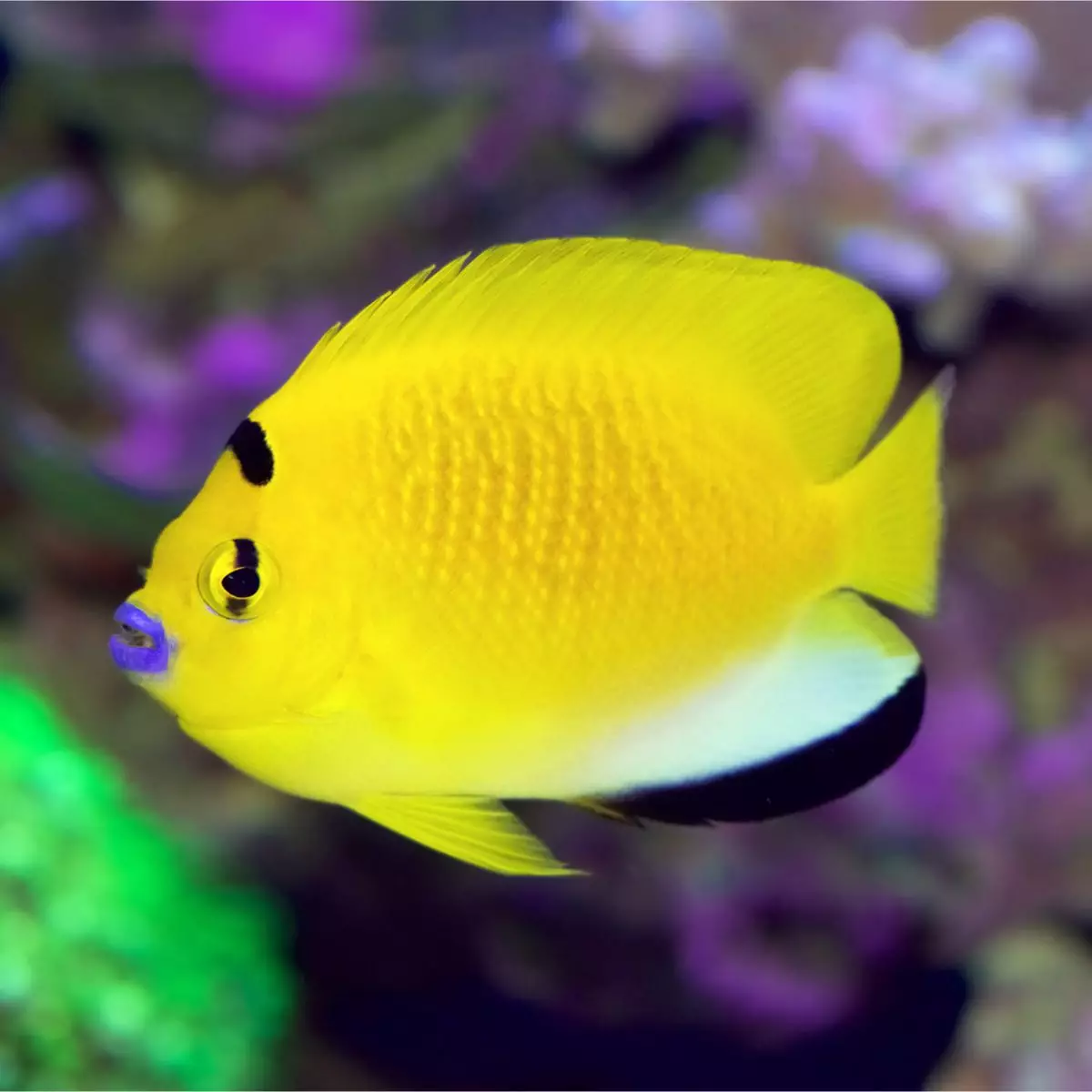
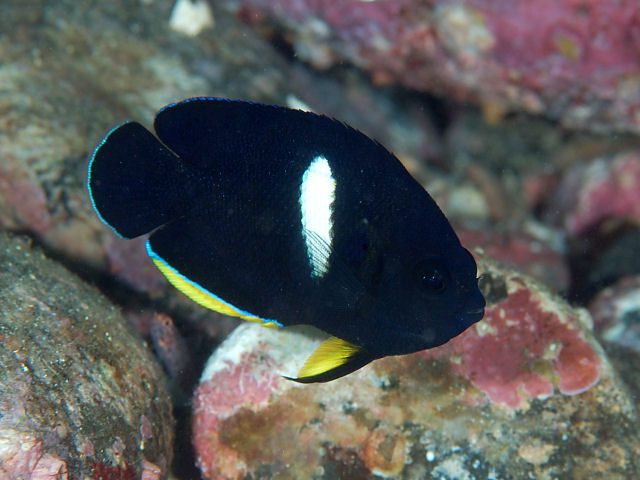
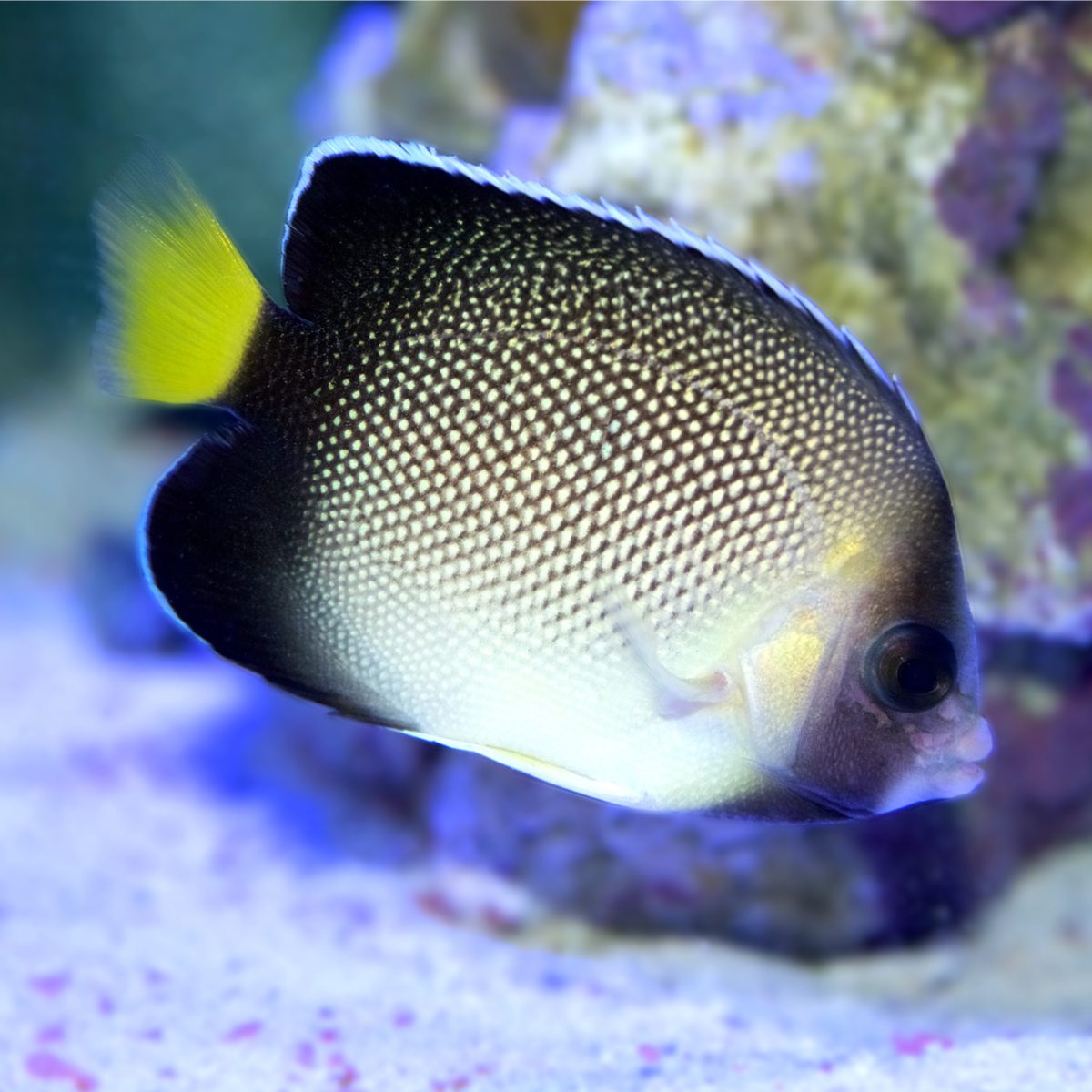
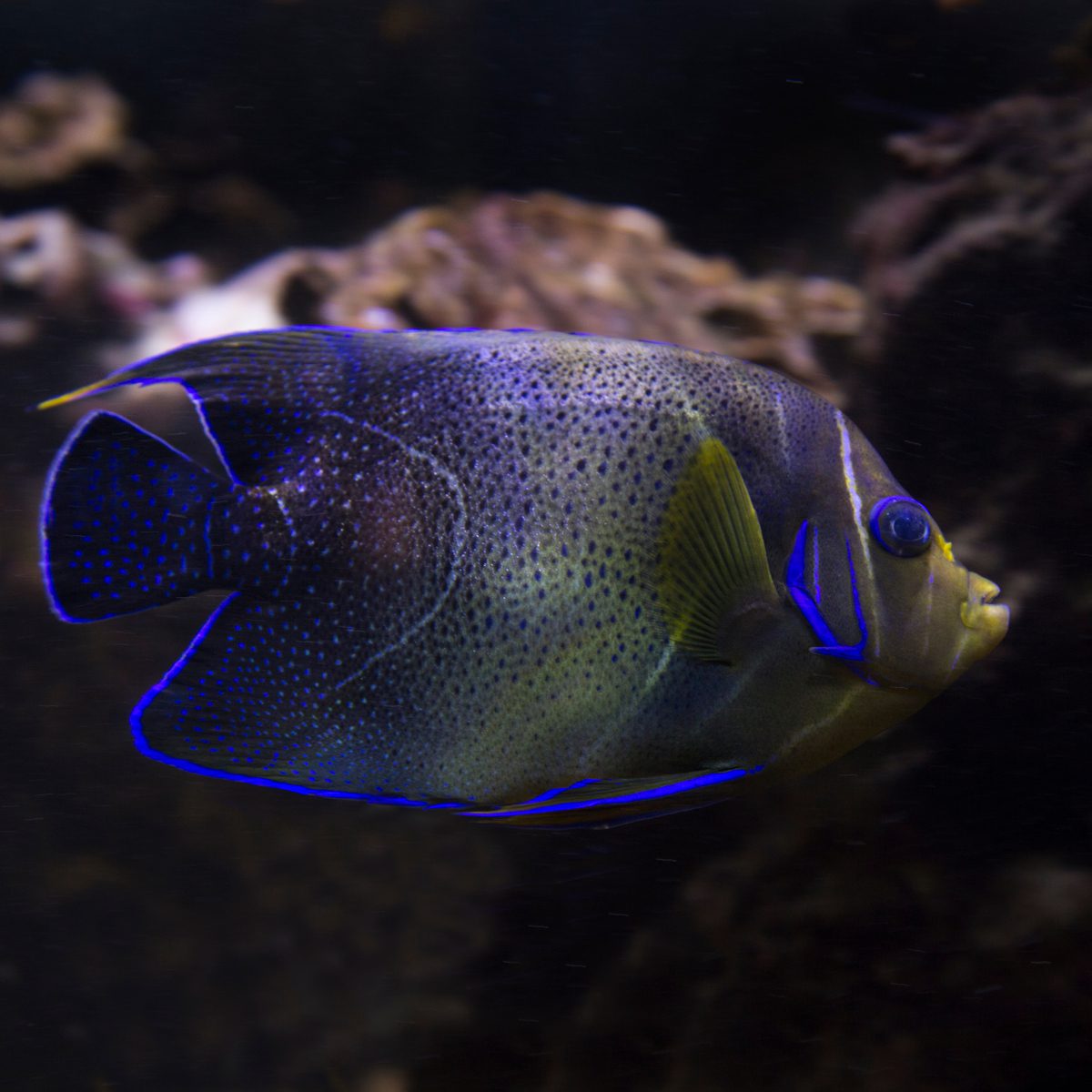
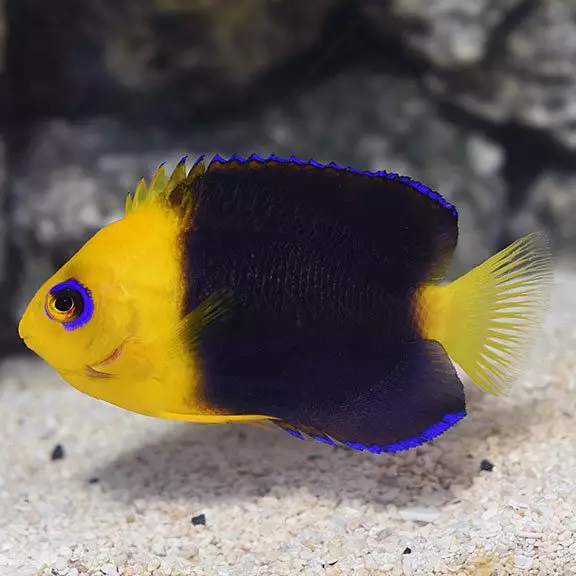
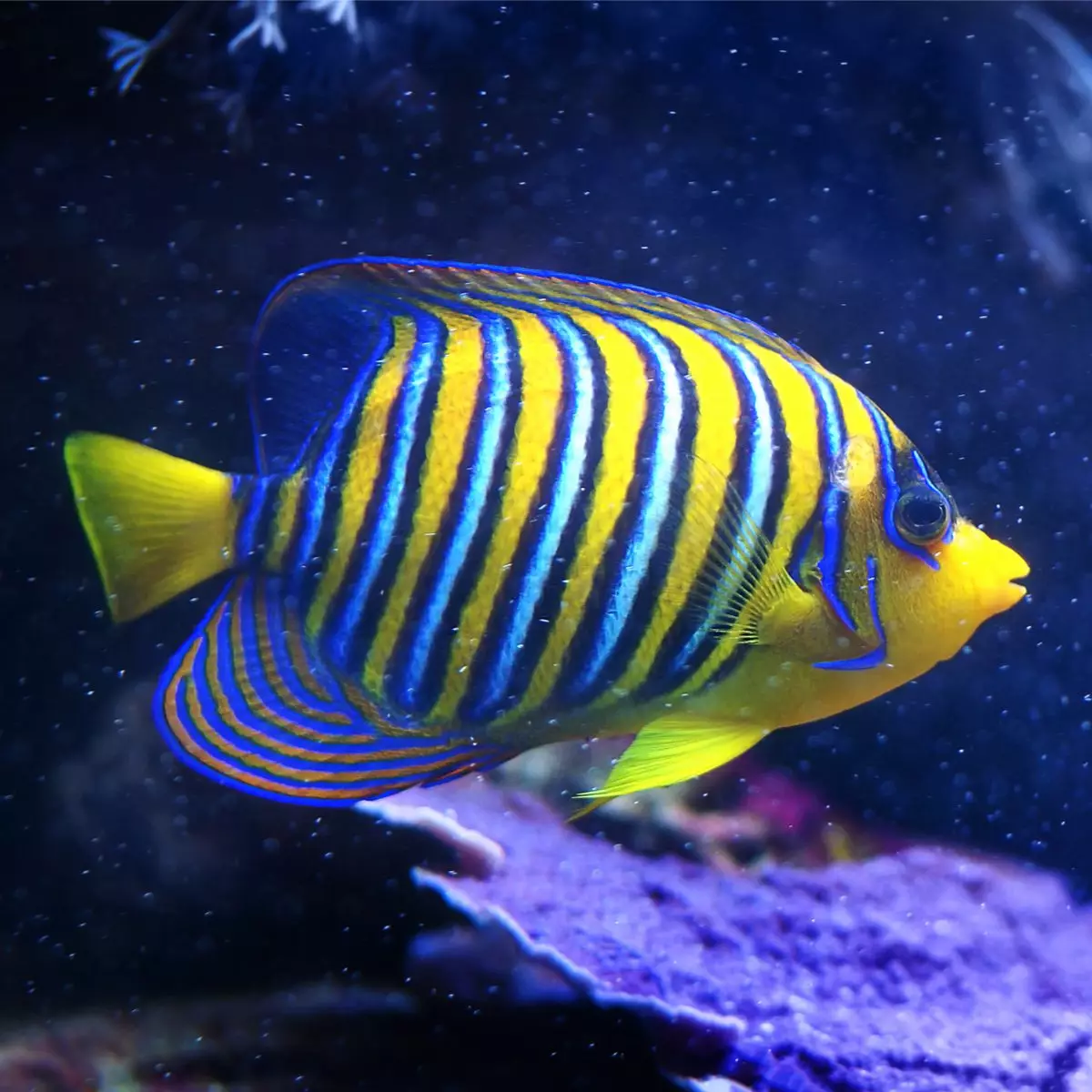
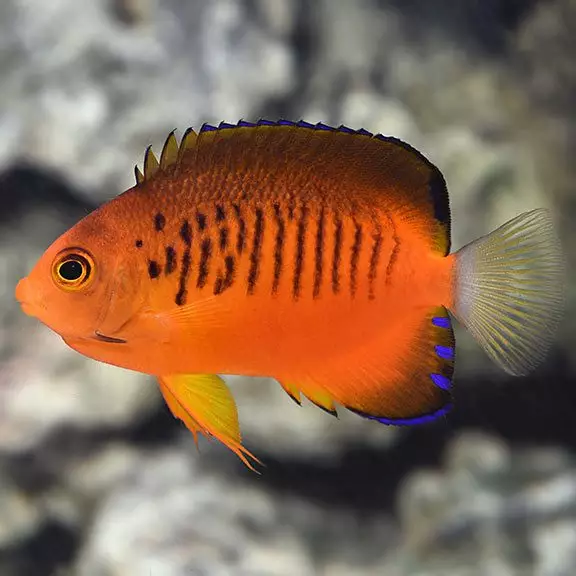
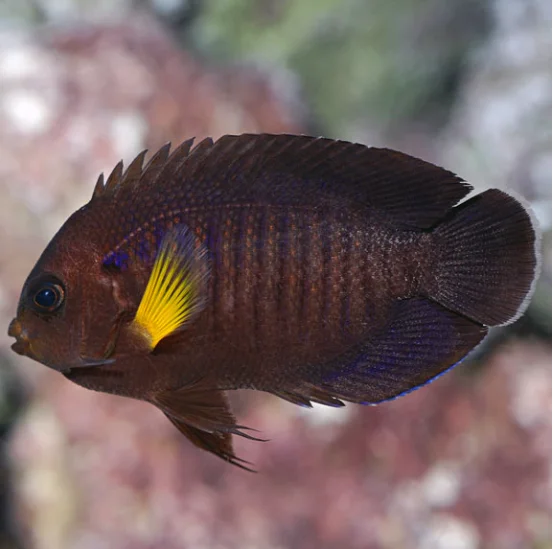
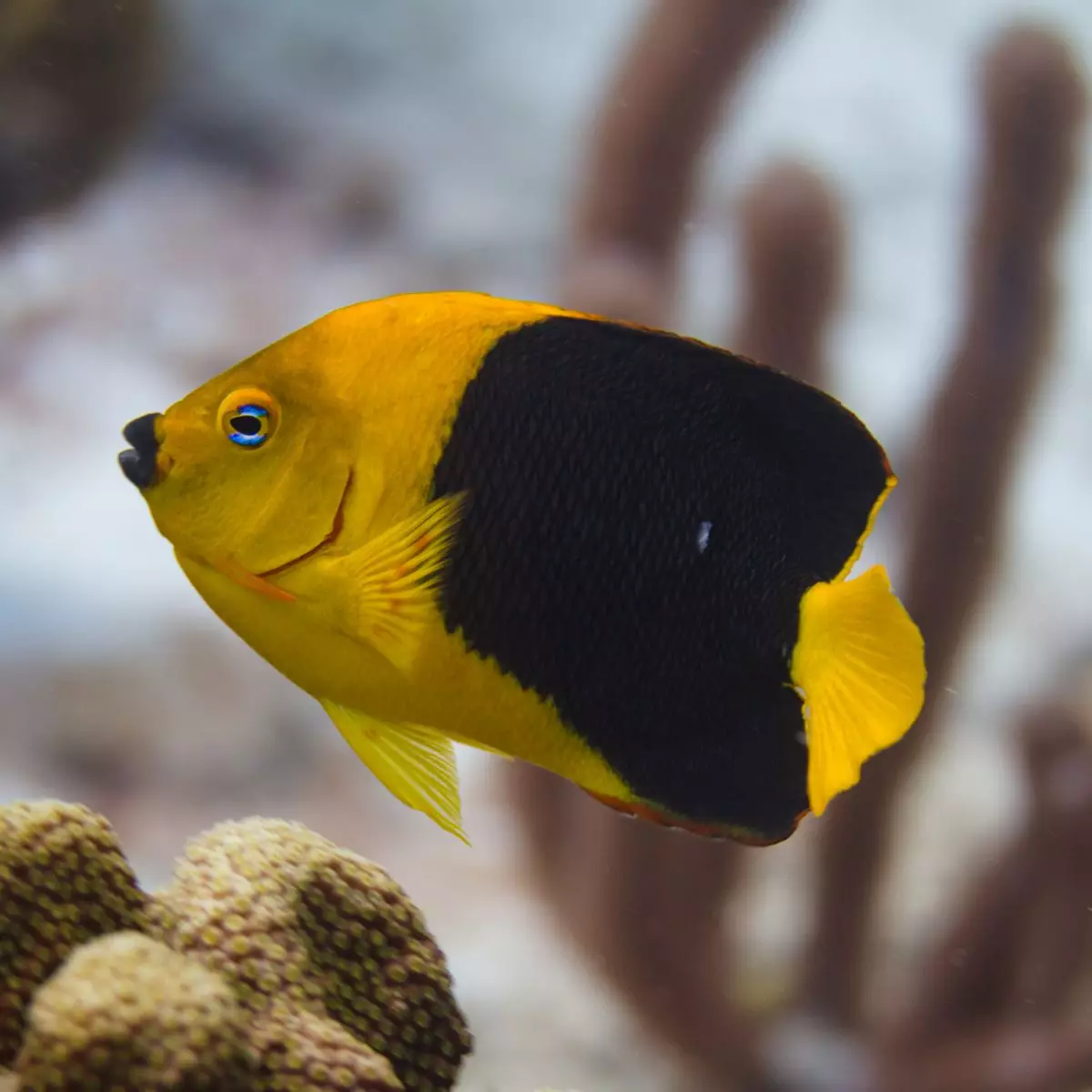

Reviews
There are no reviews yet.